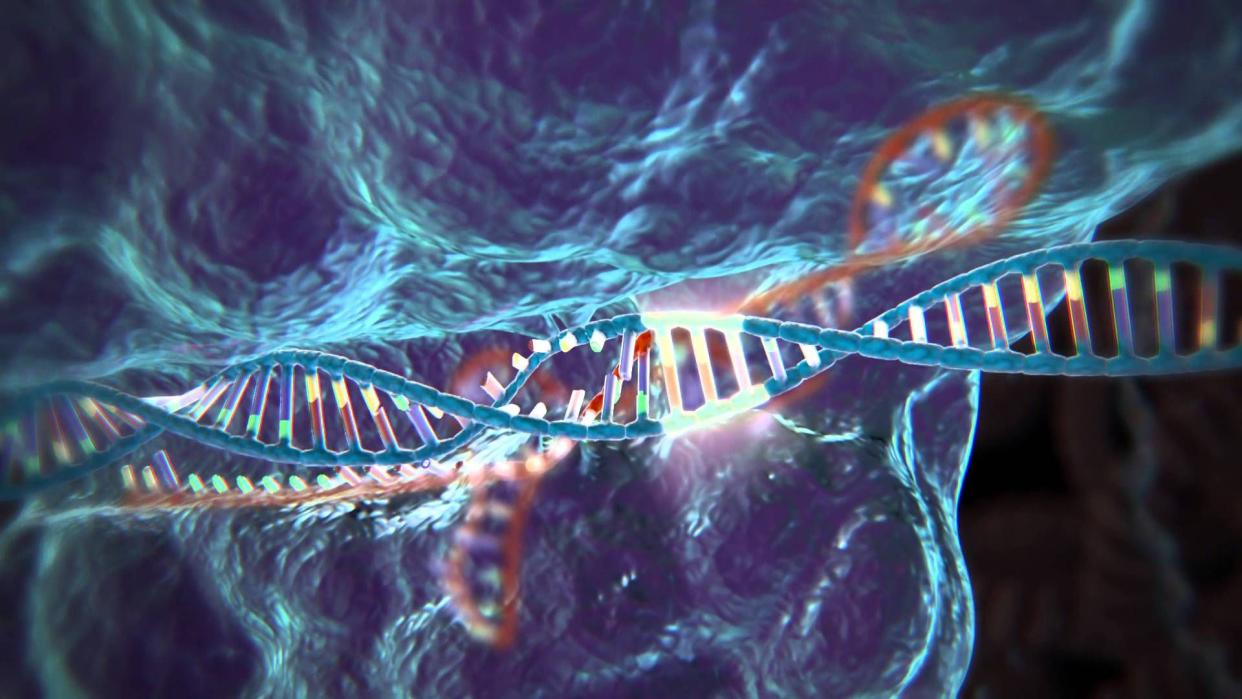CRISPR Offers New Attack on Muscular Dystrophy

Using CRISPR gene editing techniques, scientists in Germany and the United States have worked to create a corrective technique for Duchenne muscular dystrophy (DMD) mutations. The scientists say their work with CRISPR is simpler and more efficient than methods current methods trying to correct the underlying genetic basis of the disease.
DMD is one of the nine types of muscular dystrophy. It generally effects boys and starts weakening muscles as early as age 3. It's a deadly, debilitating disease that until recently ended victims lives in their teenage years. There are modern cases of men living into their 40s and 50s with DMD, but it's rare.
DMD was first described in the 1860s, but it took until 1987 for scientists to understand that it was caused when a specific gene on the X chromosome, called dystrophin, mutates.
"The large size and complicated structure of the DMD gene contribute to its high rate of spontaneous mutation," the scientists write in their paper, which was published in Science Advances yesterday. "There are about 3,000 documented mutations in humans...these mutations mainly affect exons." Exons are segments of a DNA or RNA molecule that contain information coding for a protein or peptide sequence.
The scientists, including Eric Olson of the University of Texas and Wolfram-Hubertus Zimmermann of Georg-August-University Göttingen, identify 12 exons that they call "hot spots" where DMD mutations cluster.
Using CRISPR, the researchers were able to edit heart muscle cells derived from induced pluripotent stem cells, master cells that can potentially reproduce any type of cell, from people with a variety of DMD mutations. They were able to restore dystrophin proteins within cardiac muscle cells. While cautioning that more research is needed, the authors offer a prediction that this technique could rescue dystrophin function "in up to 60 percent of DMD patients."
CRISPR is still a brand new technique in the world of medicine, one that may end up causing mutations of its own. But punching a hole in muscular dystrophy might be one of the best benefits the technique could possibly provide.
Source: GenomeWeb
You Might Also Like

